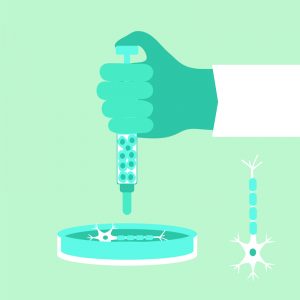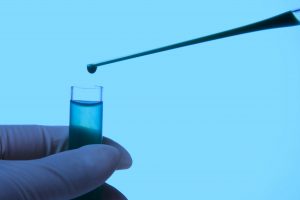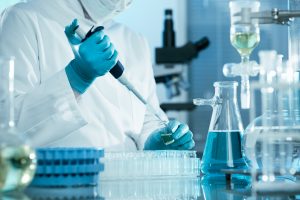As reported in various media, on January 24, 2019 a trucker got into some hot water when he and his big rig were passing through Idaho en route to California from Oregon. In going through a weigh station and having his cargo inspected, state police didn’t take to kindly to what he was transporting.
His haul? Almost 7,000 pounds of hemp.
His customer? A company that intended to wholesale that crop to businesses that manufacture hemp-derived CBD.
Why the fuss? Drug sniffing dogs alerted to his cargo, and field tests indicated the presence (not concentration) of THC. The trucker was immediately apprehended, spent four days in jail, and was freed after posting $100,000 bond.
The company that hired the trucker to transport the product maintains that the load was indeed hemp, that the amount of THC in the hemp was within permissible federal limits, and that it was improperly confiscated. They want it back! So much so, that they’re suing for it; they filed a lawsuit against both the police and the prosecutor.Continue reading


 By:
By: 



 By:
By:  By:
By:  By:
By:
 By:
By: